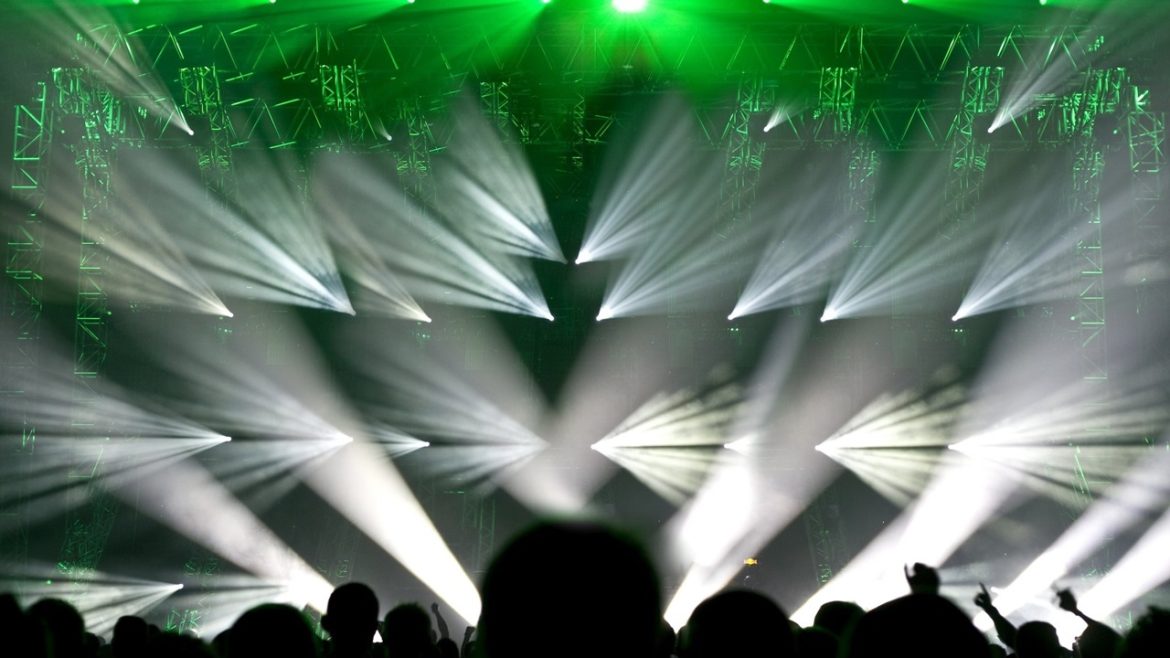Lighting is always an important factor in any concert or event and moving head lights are among the best equipment that a lighting director can use. These flexible luminaires provide flexibility, accuracy, and imagination, which transforms a normal event into an eventful event. These moving headlights can be employed in various techniques that would help in holding the attention of the audience and this article discusses some of them.
Creating an Atmosphere with Color and Movement
A most obvious but very efficient use of moving headlights is to use color and movement to create the mood. These lights are used by lighting designers during concerts and events to light the stage or the whole hall with bright colors that depict the occasion. For instance, soft blue and purple can be used to create the mood of the slow song while bright red and orange can be used to create the mood of the fast parts. Apart from color, the motion of these lights can also improve the general environment. Rotating and tilting in various directions, moving headlights can point at the important performers or make sweeping movements that will attract the attention of the audience to different parts of the hall. The movement of the lights is usually in coordination with the music and this enhances the experience of the audience.
Spotlighting and Focusing Attention
In concerts, where there are multiple performers or elements on stage, it can be challenging to focus the audience’s attention on the right moment. Moving headlights make this task easier by providing precise spotlighting capabilities. Whether it’s the lead singer’s emotional solo or a dramatic dance move, these lights can track and highlight performers in real time, ensuring that no moment goes unnoticed. Additionally, for events like award shows or corporate presentations, moving headlights can be programmed to emphasize key moments. When a speaker steps up to the stage, for example, the lights can swiftly turn to spotlight them, providing an elegant transition between different segments of the event.
Building Drama with Beam Effects
Moving headlights are not only used for lighting but they can also be used to produce beautiful effects that can add to the dramatic presentation of a show. One of the most used effects is the moving head beams that are used to project a narrow beam of light that can penetrate through fog or haze. This is especially felt in concerts where the beams of light can form a tunnel or a pathway of light, thus creating the illusion of movement, and depth or even a different dimension. Such dramatic lighting effects are typical for electronic music festivals or rock concerts when the energy of the performance requires a bright show. These beam effects can also be used to complement a beat drop or a climactic moment, amplifying the emotional impact on the audience.
Creating Patterns and Shapes
In another way, moving headlights are creatively used in concerts and events by creating patterns and shapes on the stage or the audience. Some moving headlights are fitted with replaceable gobos; these are templates that can be placed in front of the light source to create patterns such as stars, circles, or abstract patterns. For instance, in an orchestral performance, the moving headlights could be set to produce beautiful patterns of moving light on the ceiling that rotates slowly to perform a heavenly feel. At a dance event, faster-moving geometric shapes might race across the stage, matching the rhythm of the beats. This ability to create customized visuals adds a whole new layer of creativity to lighting design.
Synchronizing with Music and Performances
One of the most exciting aspects of moving headlights is their ability to synchronize with music and performances. With the help of lighting software, designers can program these lights to move, change color, and project effects in perfect time with the music or performance on stage. At concerts, moving headlights are often used to pulse and flash in sync with the beat, amplifying the energy in the room. At theatrical performances or dance shows, the lights may be choreographed alongside the performers, becoming an active part of the story being told. The synchronization between lights and music allows for a fully immersive experience that keeps the audience engaged throughout the event.
Enhancing Audience Engagement
Lighting can also be used as a tool to enhance audience engagement, and moving headlights are perfect for this. During a concert, lights can be directed toward the audience, making them feel like part of the show. Moving headlights can sweep over the crowd, spotlighting different sections and encouraging interaction, such as clapping, dancing, or singing along. Some events even take it a step further by integrating moving headlights into interactive experiences. For example, in some of the large-scale events or festivals, the moving headlights are used in such a manner that they are responsive to the movement or sound of the audience and therefore the lighting looks active. This makes the audience feel more involved and engaged because there is always the element of surprise.
Conclusion
The moving headlights have brought a new experience to concerts and events in society. This is because they can change colors, move dynamically, and produce special effects hence making the possibilities endless. These lights can be used to illuminate performances, to set the mood, and to entertain the audience, which makes any event more spectacular for the event planners and lighting designers.

